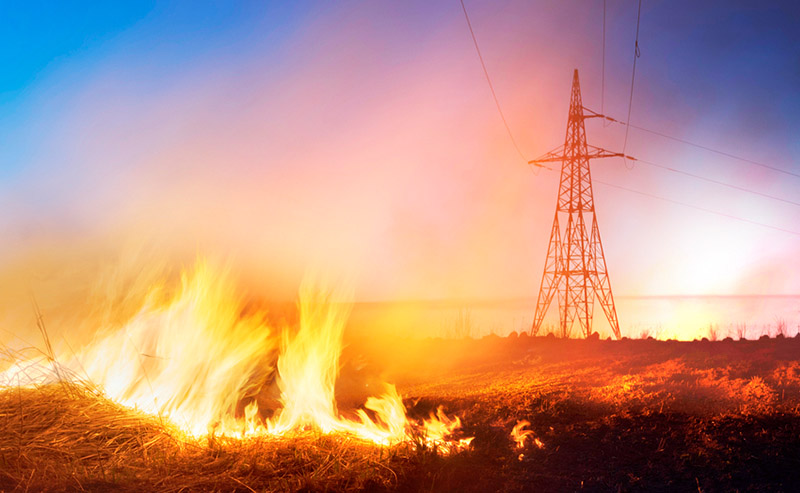Earlier this month in California, the state’s largest utility provider, PG&E, cut off the power in response to extremely dry and windy conditions that fuel massive wildfires. The action, which affected roughly two million people, was taken to mitigate risks and improve public safety. However, it caught most people completely off guard as there was little advance warning (in some cases, less than 24 hours). This move created a whole new set of problems.
As reported by Vox, “Nursing homes, emergency rooms, police stations, and fire stations scrambled for backup generators. People with powered medical equipment or refrigerated drugs scrambled to find care at understaffed community centers, and 1,370 public schools lost power; 400 of them sent 135,000 students home to parents scrambling to cover jobs they had no way to get to.”
While California’s wildfire challenges may be unique relative to other regions of the country, the potential for a significant, unexpected power loss event is not. Ice storms, blizzards, hurricanes, floods, tornadoes; all have the potential to take out power for extended periods of time. It is essential for organizations, both public and private, to prepare for the loss of power in the workplace. And, not just for hours, but for days.
Preparing for Power Outages
According to Agility Recovery and the Federal Emergency Management Agency (FEMA), 70 percent of all businesses or organizations will face a power outage within the next 12 months. That said, here are a few simple things your organization can do now to prepare for the power outages that may lie just ahead:
1) Have a current Continuity of Operations (COOP) plan so your organization can continue to operate and perform essential functions while responding to or recovering from the situation at hand.
2) Exercise the plan so that the information is current and adjustments, if necessary, can be made. Hold a tabletop exercise that focuses on power outages, both short- and long-term. Be sure and cover both immediate safety measures as well as extended continuity activities.
3) Invest in a backup generator. Also, consider fuel and maintenance factors to ensure it is operational when and if needed.
4) Invest in surge protectors or turn all electrical equipment off during an outage. This will prevent surges (once the power is restored) from damaging or destroying vital electrical equipment.
5) Sign up for outage alerts from your local utility company if you don’t receive them already. This will provide your organization more time to prepare, while providing some idea as to when the power may be restored.
Whatever your position on the events in California, all can agree it is prudent to prepare our organizations and families for power outages. As with other disruptions, have a plan, assess the situation and take appropriate action.






